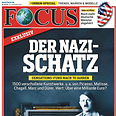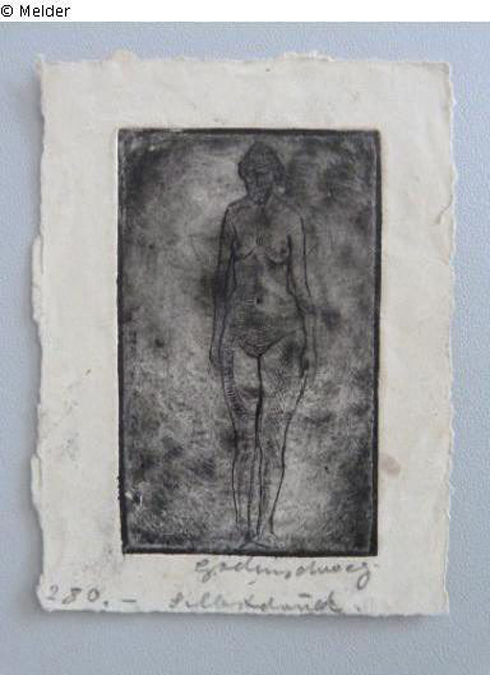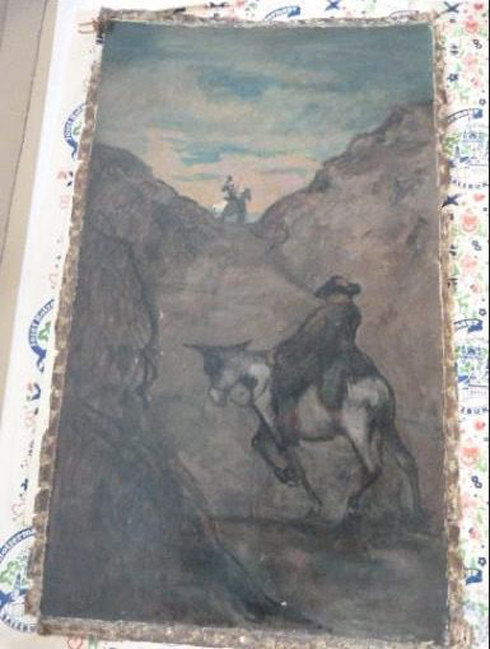
Germany begins publishing list of works found in Nazi art stash
Week after massive trove confiscated by Nazis is exposed, against backdrop of criticism towards Germany for hiding it for two years, Germans begin publishing list of art works online
A statement from the national and Bavarian regional governments said 25 of the works would initially be displayed on an existing website created to help establish the provenance of works seized by the Nazis, mostly from Jews during the persecution of the Holocaust.
Related stories:
- Jewish group demands Nazi art loot returned
- Germany finds 1,500 masterpieces looted by Nazis
- Shoah survivor's art collection on sale
The government has been heavily criticized for keeping silent for 21 months about the trove of 1,406 European art works, notably by families whose relatives were robbed by the Nazis.
(Photo: EPA)
(Photo: EPA)
(Photo: EPA)
(Photo: EPA)
(Photo: EPA)
(Photo: EPA)
(Photo: EPA)
(Photo: EPA)
(Photo: EPA)
(Photo: EPA)
The hoard is estimated to be worth up to 1 billion euros ($1.34 billion), and its legal status is likely to be contested. Customs officials stumbled on it during a routine inspection in Munich's smart Schwabing district in February 2012.
"The origins of the so-called 'Schwabing art trove' will be traced as quickly and transparently as possible," the federal and state governments said late on Monday - over a week after news of the find was reported by the Munich magazine Focus.
"To establish transparency and to further expedite research into provenance, the first 25 works that are suspected to have been taken under Nazi persecution will be displayed on the www.lostart.de platform, and that will be continuously updated."
The paintings, sketches and sculptures hoarded by the war-era art dealer Hildebrand Gurlitt, put in charge of selling confiscated "degenerate" art by Adolf Hitler, were found in the apartment of his reclusive 79-year-old son, Cornelius.
But their legal status is ambiguous, nearly 70 years after a war in which the Nazis plundered hundreds of thousands of art works from museums and from individuals, most of them Jews.
(Photo: EPA)
(Photo: EPA)
(Photo: EPA)
(Photo: EPA)
(Photo: EPA)
The government's coordination centre for lost art said on the website that around 970 of the works were believed to have been confiscated, stolen or looted by the Nazis.
Some legal experts say Gurlitt may get to keep the art, but others say Germany could nullify his ownership under the 1998 Washington Declaration, a set of principles for dealing with looted art. The governments said they had set up a team of six experts to examine the provenance of the works.
Gurlitt's whereabouts are not clear. He is under investigation for tax evasion and concealment but has not been charged.
The federal government, which ordinarily leaves such cases to regional justice officials, stepped up its involvement after the United States asked it to publish a list of the art works.
- Receive Ynetnews updates directly to your desktop













